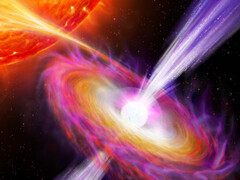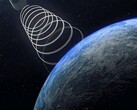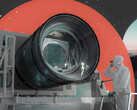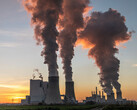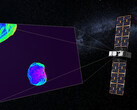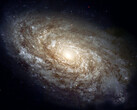Up close, it would certainly be an incredible spectacle. A compact and almost infinitely dense neutron star with gigantic gravitational forces pulls matter away from a nearby star. This reaches the surface in a vortex.
Due to the forces prevailing there, thermonuclear explosions occur. Hydrogen or helium fuse to form heavier elements. Because the energy released is high enough, the matter can escape along the axis of rotation of the neutron star in the form of a jet.
These jets occur quite regularly and hurl all kinds of substances, including rare metals such as gold, platinum or uranium depending on the composition of the neighboring star, into space at almost 40 percent of the speed of light.
Such constellations therefore contribute to the colorful mix of materials that we also find on Earth. And the pairing of a sun-like star and a neutron star is not particularly rare. Only 125 of these objects are known, which therefore repeatedly produce fountains on an enormous scale.
However, it is still difficult to actually observe them. They occur far away (fortunately). They are not completely regular and can only be seen for a short time. In addition, different techniques have to be combined.
Thermonuclear explosions of this magnitude emit X-rays, as can be seen by the ESA Integral satellite. The jets, on the other hand, are only visible in the radio wave spectrum. This requires a radio telescope on Earth to be coupled with the satellite.
The very first recording required 30 hours of recordings over three days, without knowing what the results would be before they were analyzed. But lo and behold: it has now been proven that this very procedure is successful.
And now? Such jets do not only occur in the above constellation. Where strong gravitational forces and magnetic fields meet, in cosmic clouds, black holes, the method developed could help to make more precise observations.
The formation of elements, solar systems and unusual cosmic objects as well as the laws behind gravity and nuclear fusion processes await new insights through the study of jets of matter at speeds not far from the speed of light.




